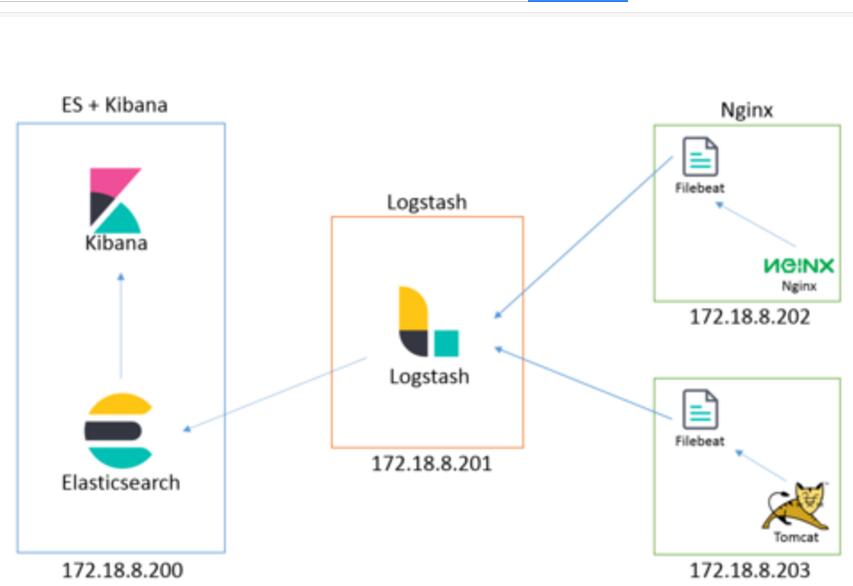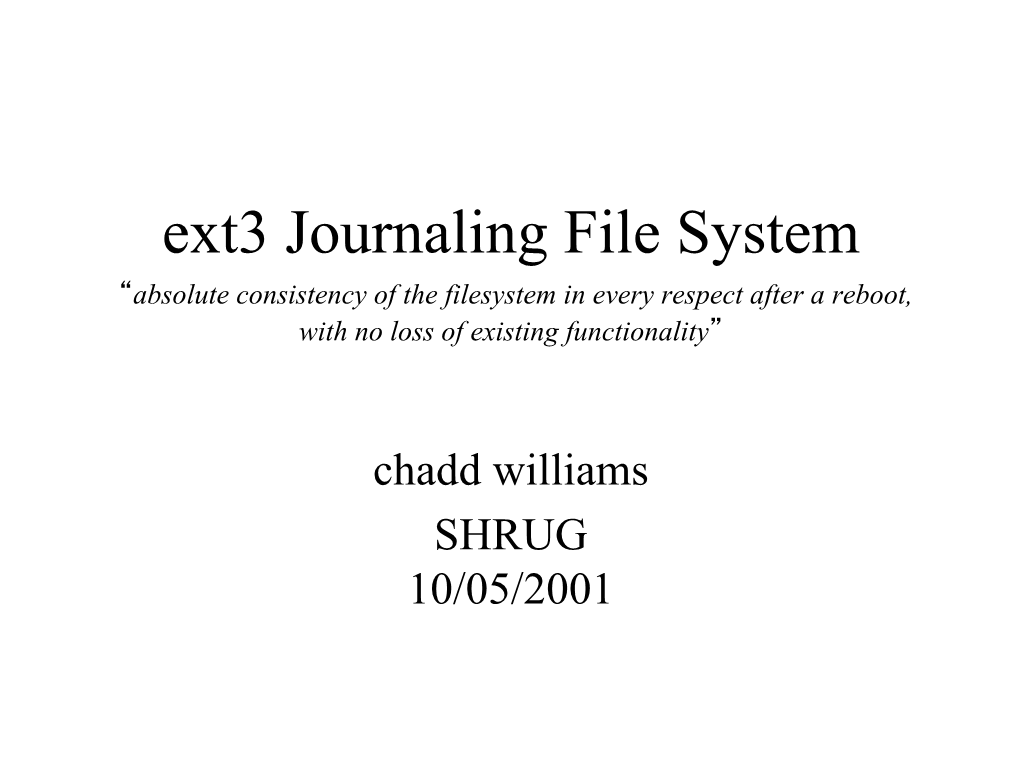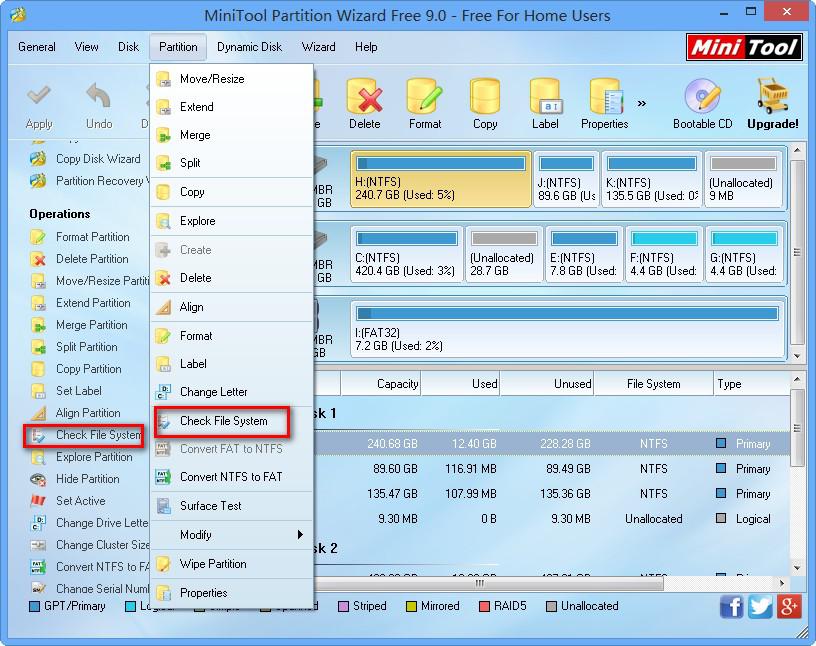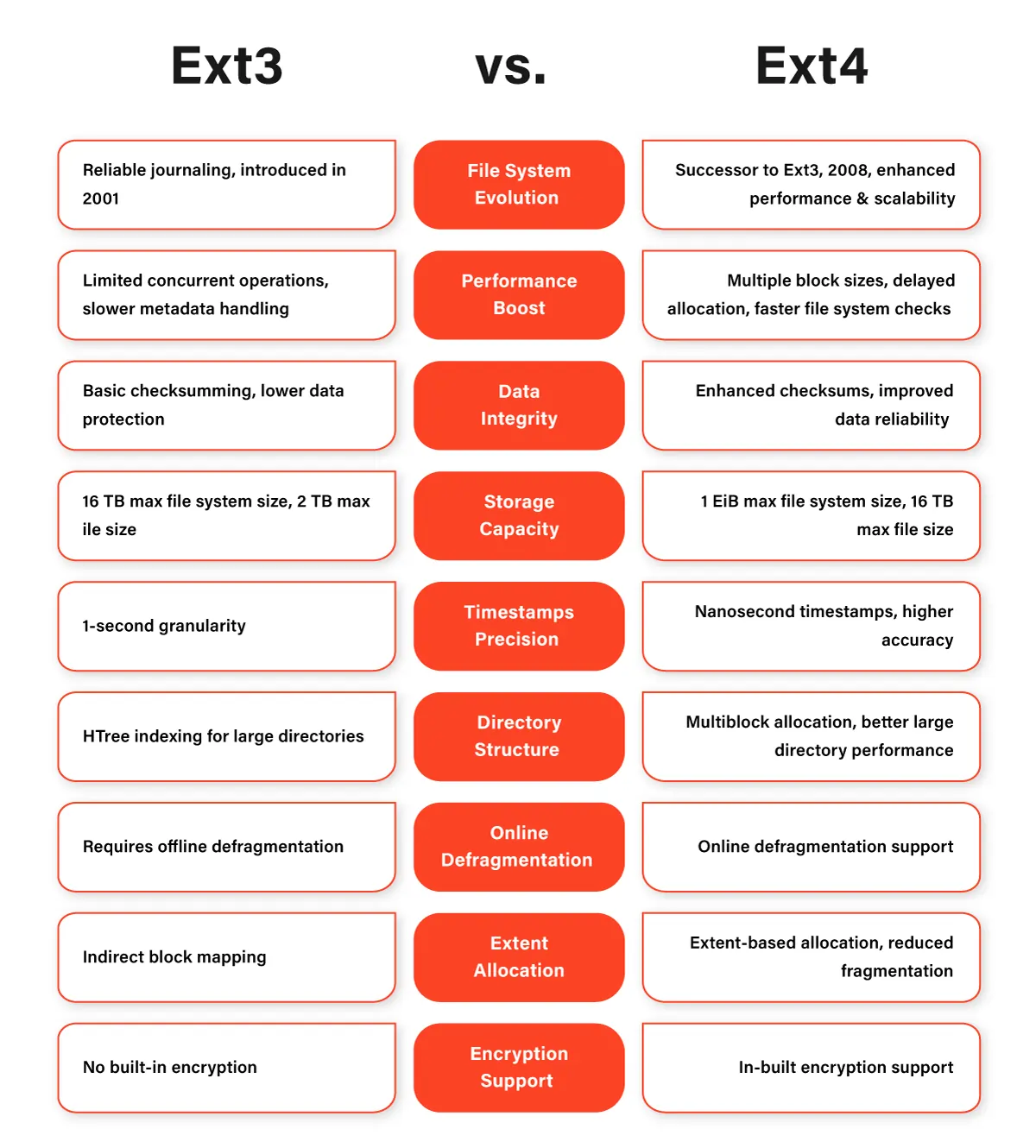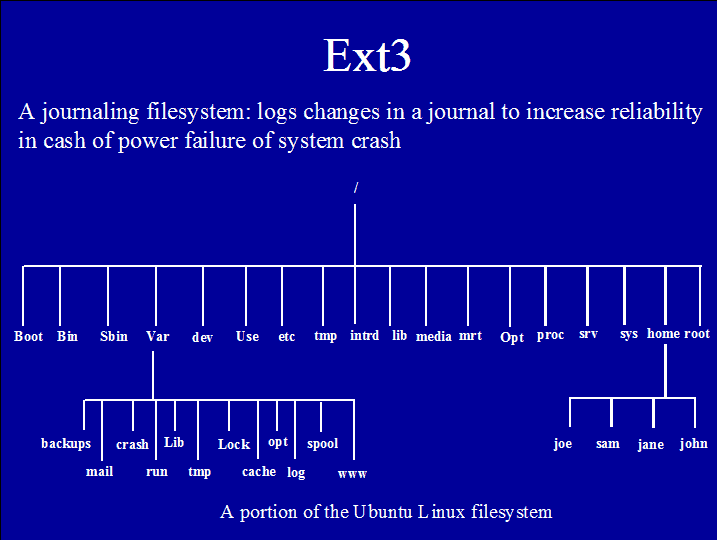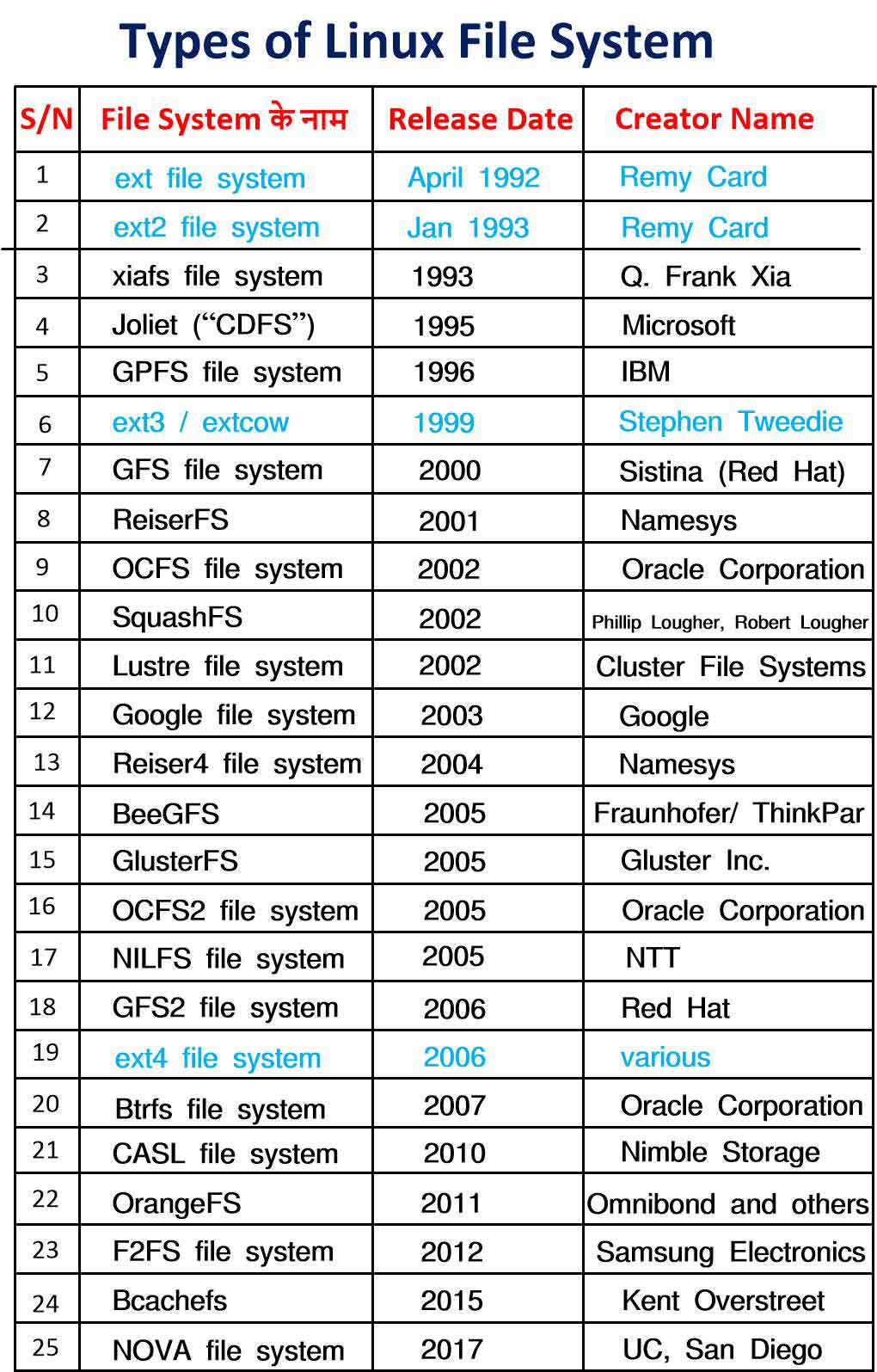Beautiful Tips About How To Check Ext3 File System
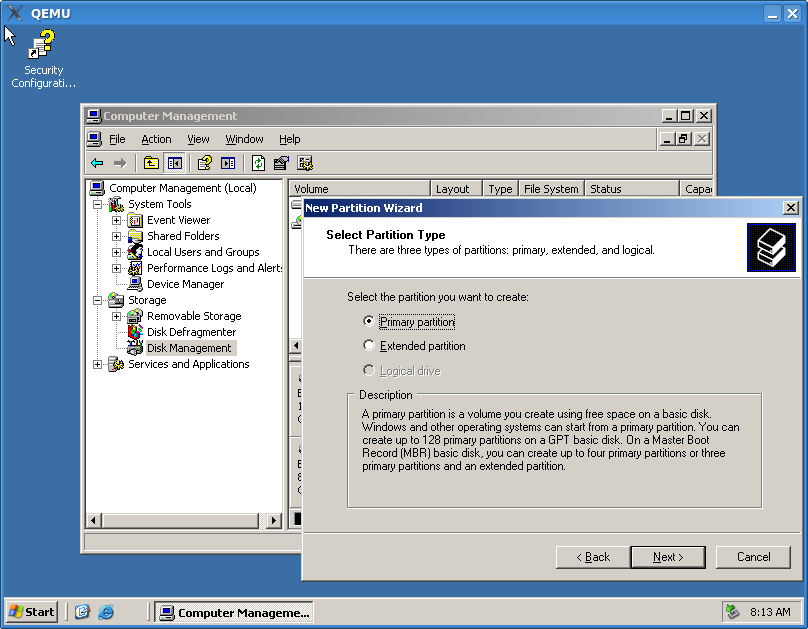
Creating an ext2 file system.
How to check ext3 file system. How does the xfs file system compare to ext3? Features of ext3 the ext3 file system is essentially an enhanced version of the ext2 file system. # mke2fs /dev/sdx creating an ext3 file.
Following are the features of an ext3 file system:. Features of an ext3 file system. General syntax is as follows:
These improvements provide the following advantages: Don't go by the name;; Result was more corruption as fsck by default assumes ext2 file.
7 ways to determine the file system type in linux (ext2, ext3 or ext4) 1. Using df command df command reports file system disk space usage, to include the file system type on a particular. You need a device name refers to the.
It displays lots of useful information about your ext2 or ext3 file system. Creating an ext2 file system. Ext3, or third extended filesystem, is a journaled file system that is commonly used by the linux kernel.
You need to use tune2fs command, which allows the system administrator to adjust various tunable filesystem parameters on linux ext2/ext3 filesystems. For ext3 and ext4 filesystems that use a journal, if the system has been shut down uncleanly without any. You need to use a command called dumpe2fs.
It used to be the default file system for many popular linux distributions. If its 83, fdisk reports it as linux, **gpart** as mentioned by luke maurer) reports it as **ext2** ,, same thing. Go by the filesystem id.
More links greetings, fellow linux enthusiasts! Red hat training a red hat training course is available for red hat enterprise linux chapter 5. To convert the file system to an ext2 file system, run the following command as root.
To start fdisk, type the following command at a shell prompt. Ability to adaptively resize an active ext3 partition. The ext3 file system the ext3 file system is essentially an enhanced.
How do i create an ext2, ext3, or ext4 file system? Recently, one of our sys admin run the command on ext3 file system w/o specifying file system. First, create the partition using the fdisk command line utility.

![linux系统启动报错:[contains a file system with errors, check forced]的解决方法](https://s2.51cto.com/images/blog/202104/08/b3aa2f79a0f143d740e3b947fe0796c8.jpeg?x-oss-process=image/watermark,size_16,text_QDUxQ1RP5Y2a5a6i,color_FFFFFF,t_30,g_se,x_10,y_10,shadow_20,type_ZmFuZ3poZW5naGVpdGk=/resize,m_fixed,w_1184)
